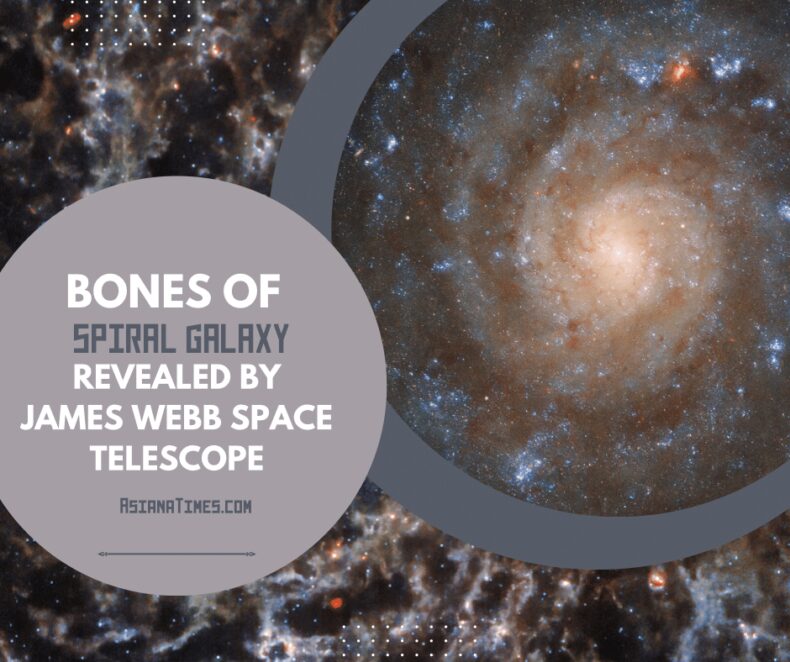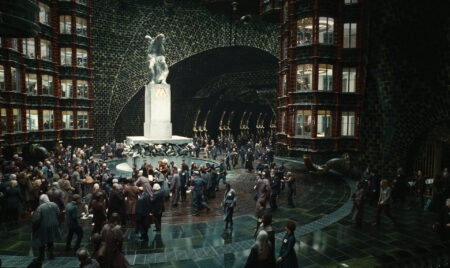The MIRI of the James Webb Space Telescope has captured the gothic image of IC 5332 revealing the ‘Bones’ of the spiral galaxy.
A mid-infrared image of the spiral galaxy IC 5332 has been captured by the James Webb Space Telescope (JWST), which provides a completely different perspective than what Hubble can see of the same area.
According to the European Space Agency (ESA), IC 5332 is more than 29 million light-years away from Earth and has a diameter of about 66,000 light-years, which is about the same as the Milky Way galaxy. The ESA claims that astronomers can get a great symmetrical view of this spiral galaxy’s spiral arms because it is nearly face-on with Earth.
The JWST and Hubble were given the task of capturing this galaxy, and the results of their respective images are strikingly different.
The image of the galaxy that Hubble took with its Wide Field Camera 3 can be seen below.
The image has been compared to a Hubble Space Telescope image of the spiral galaxy, which NASA has described as “gothic,” “dark,” and “moody.”Webb uses infrared light to see the universe, but Hubble uses visible and infrared light to take pictures of it.
“The clarity of Hubble’s Wide Field Camera 3 distinguishes the dark dust separating the galaxy’s arms from the visible and ultraviolet light that Hubble is sensitive to.The ESA explains that the colors of younger and older stars can be used to distinguish them, revealing their distribution throughout the galaxy.
The JWST, on the other hand, used its Mid-Infrared Instrument (MIRI), which is the same camera that needs to be supercooled to a remarkable -266 degrees Celsius, which is only seven degrees above zero.Its specialized detectors cannot work properly unless it is kept at this extremely low temperature.
Together, the spiral galaxy IC 5332’s Webb and Hubble images provide us with a more comprehensive understanding of the galaxy’s structure and composition. They complement one another in a remarkable way.














